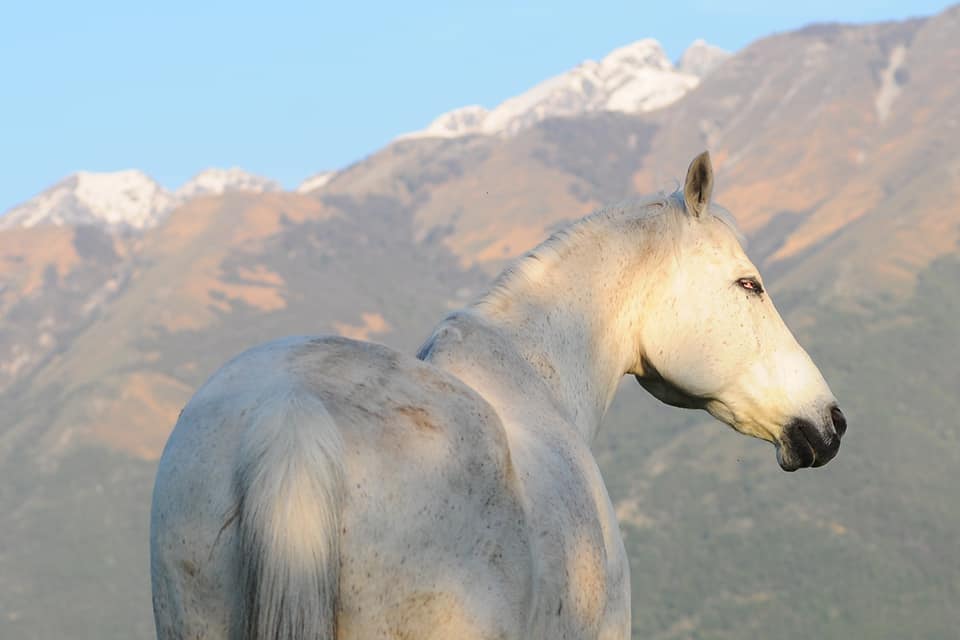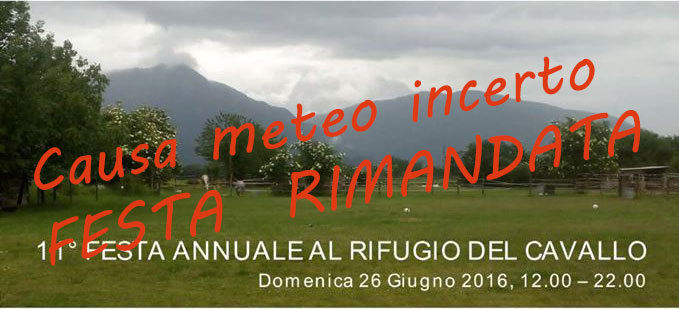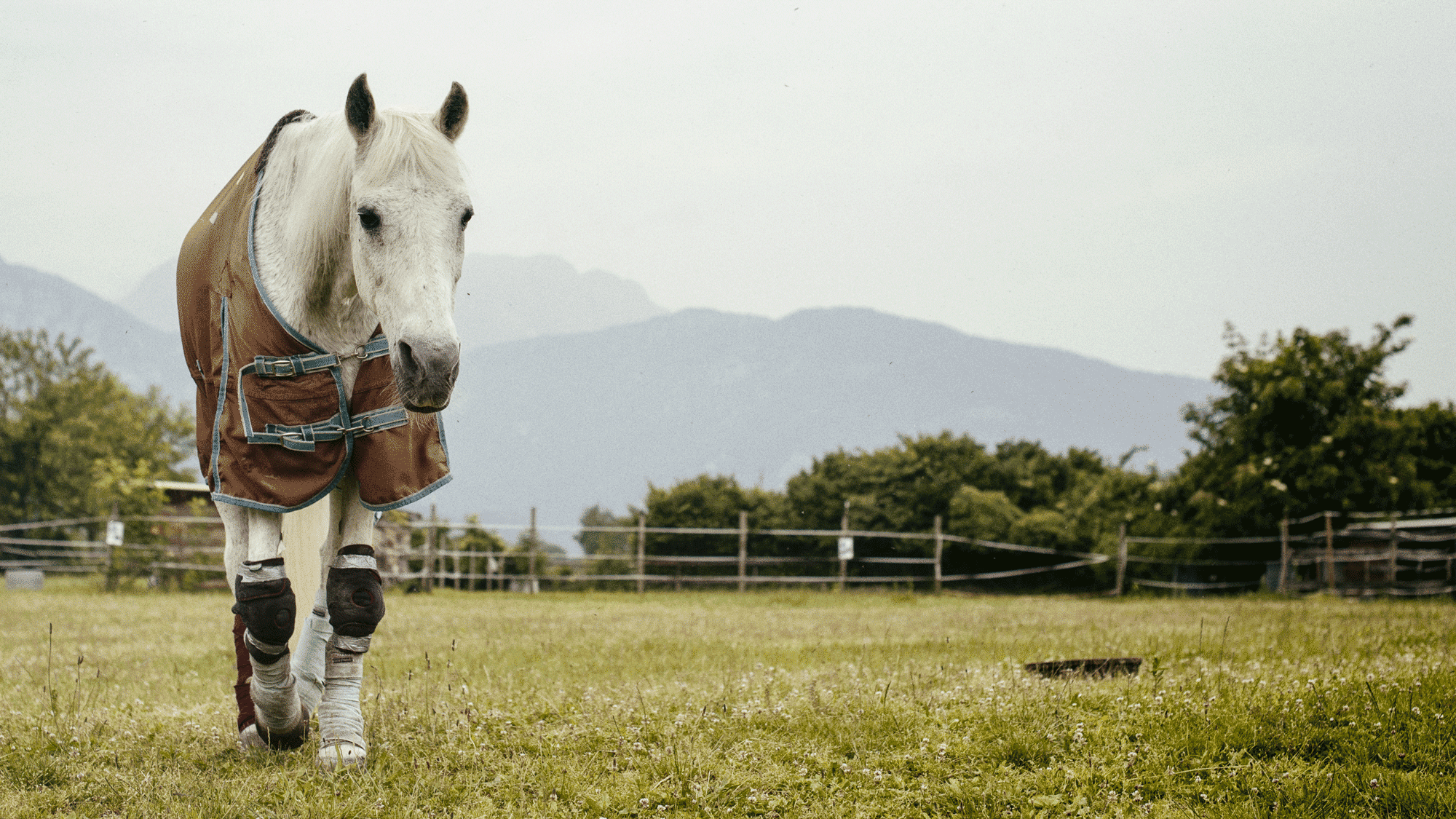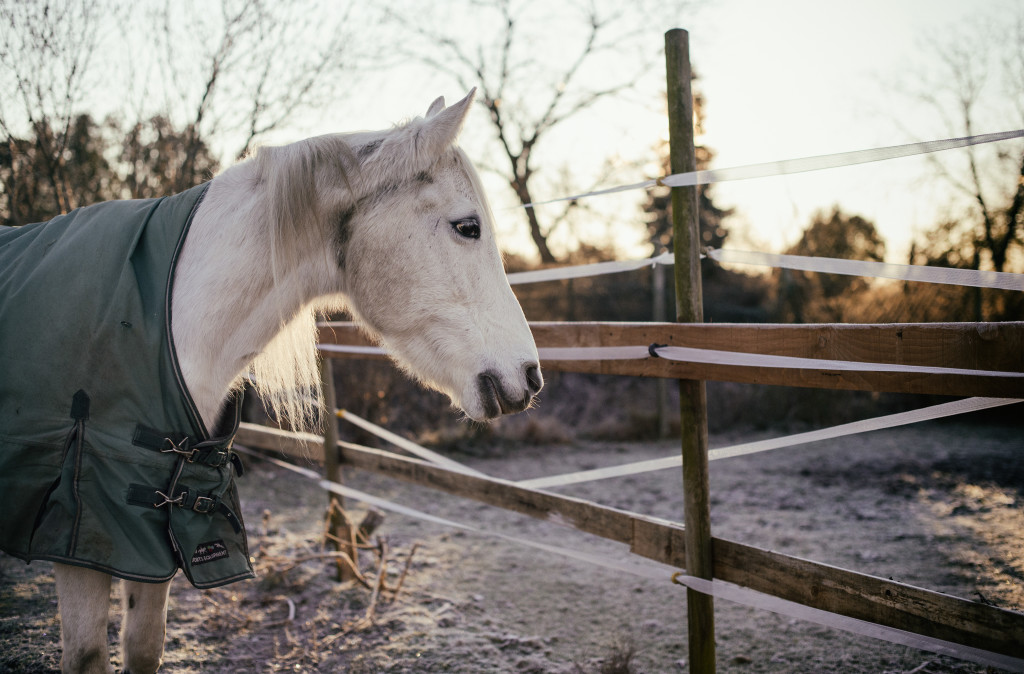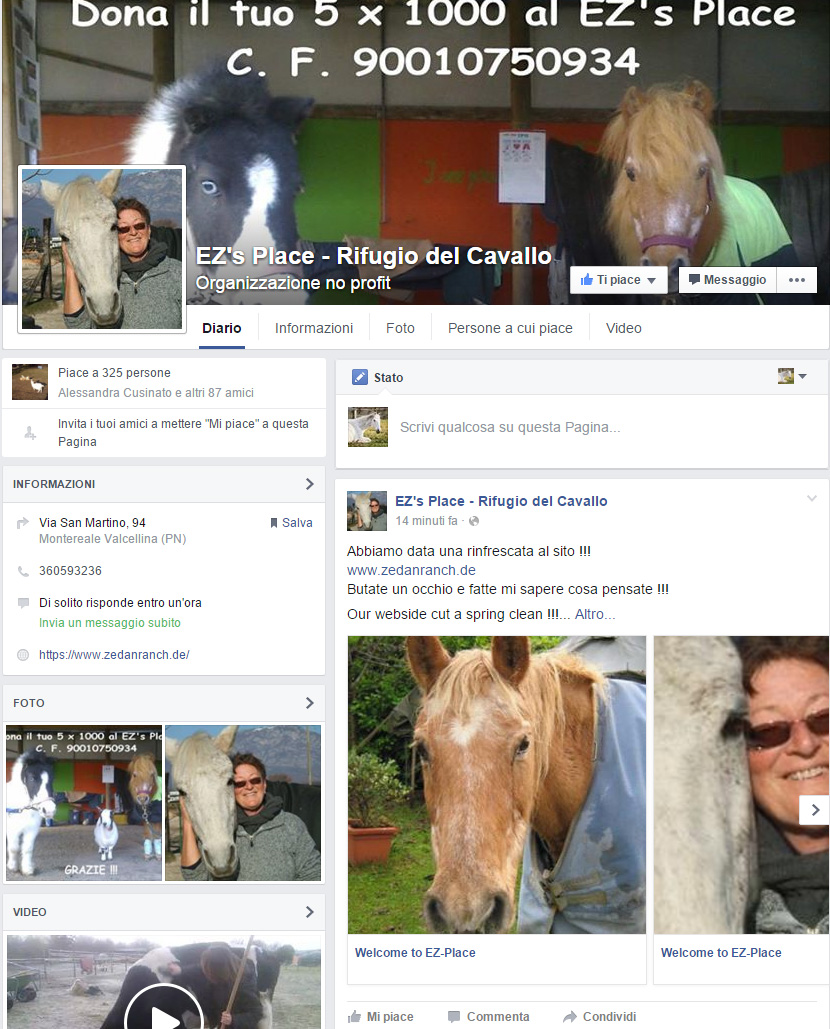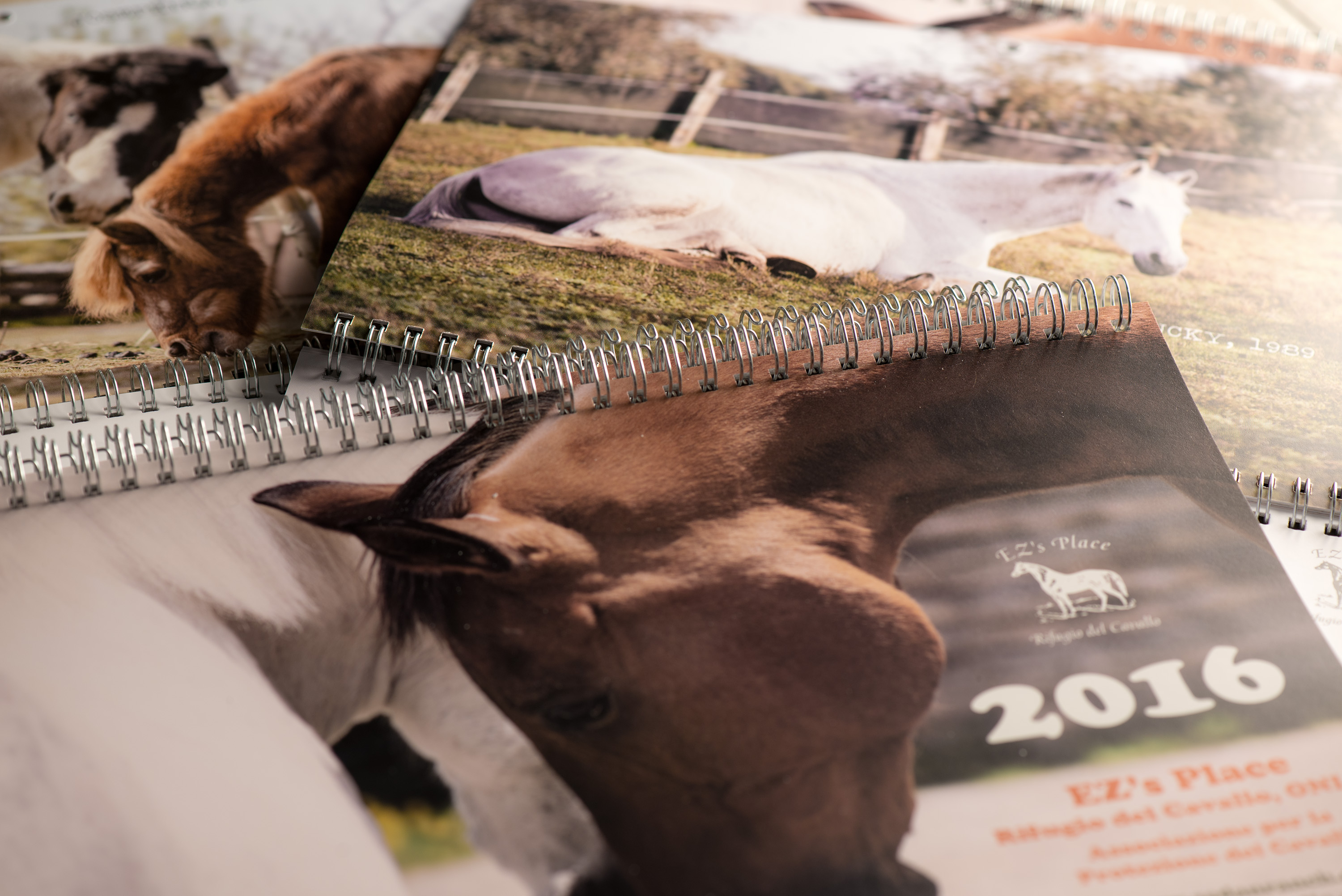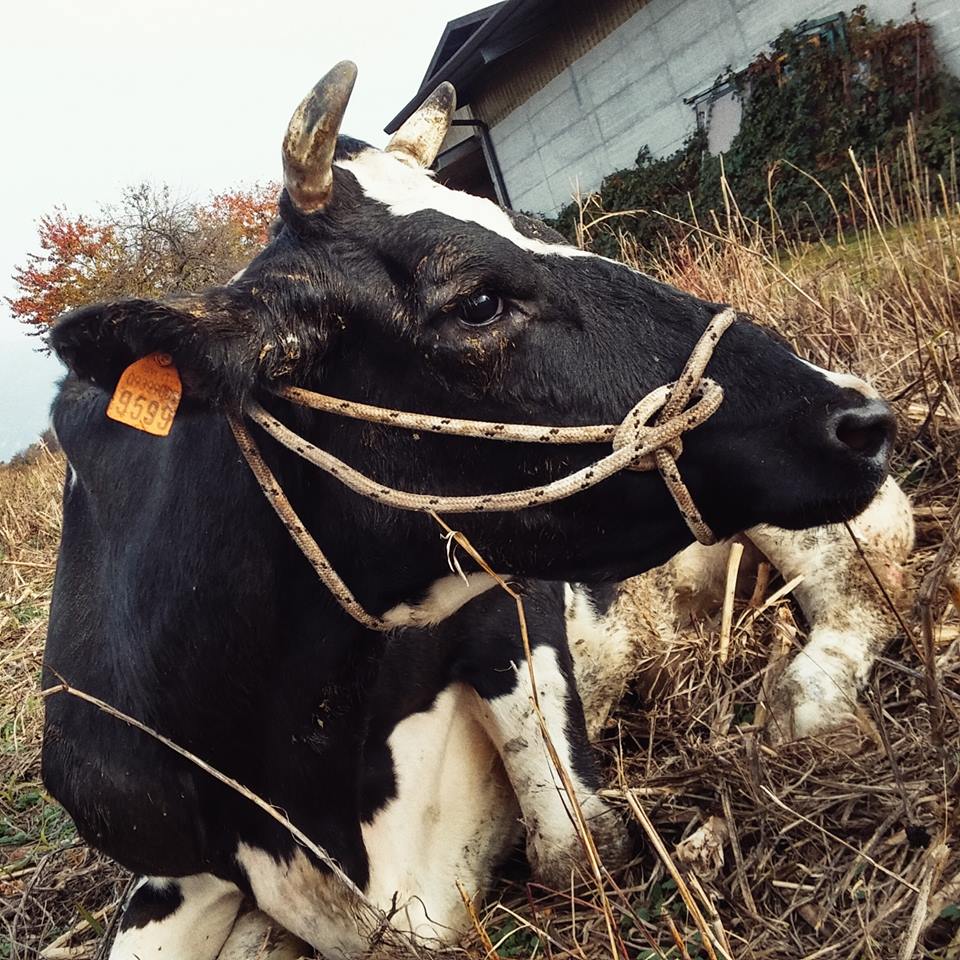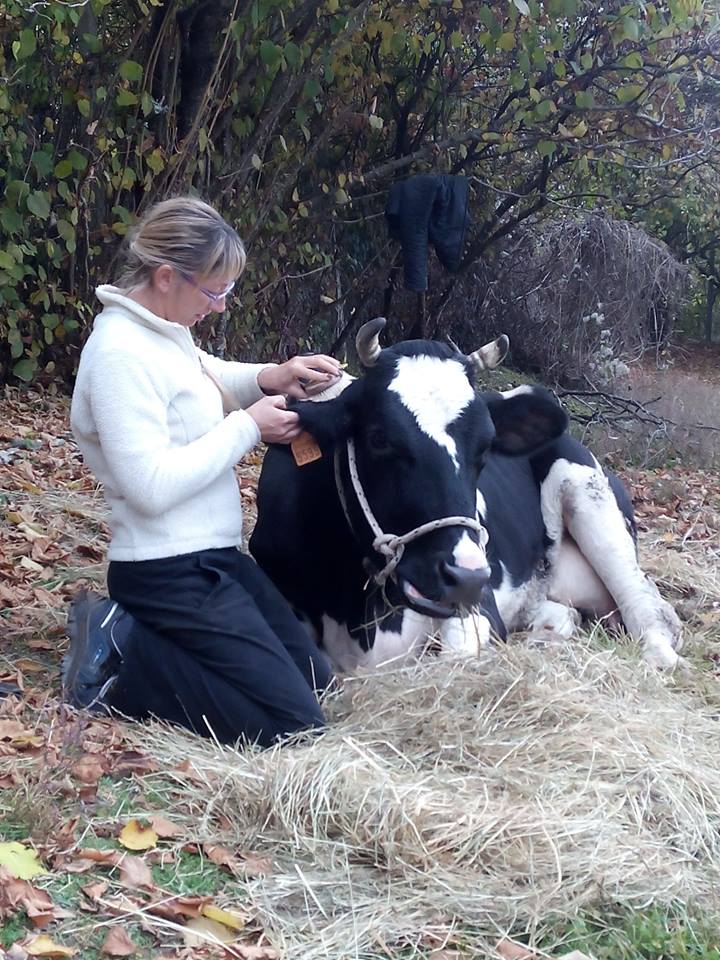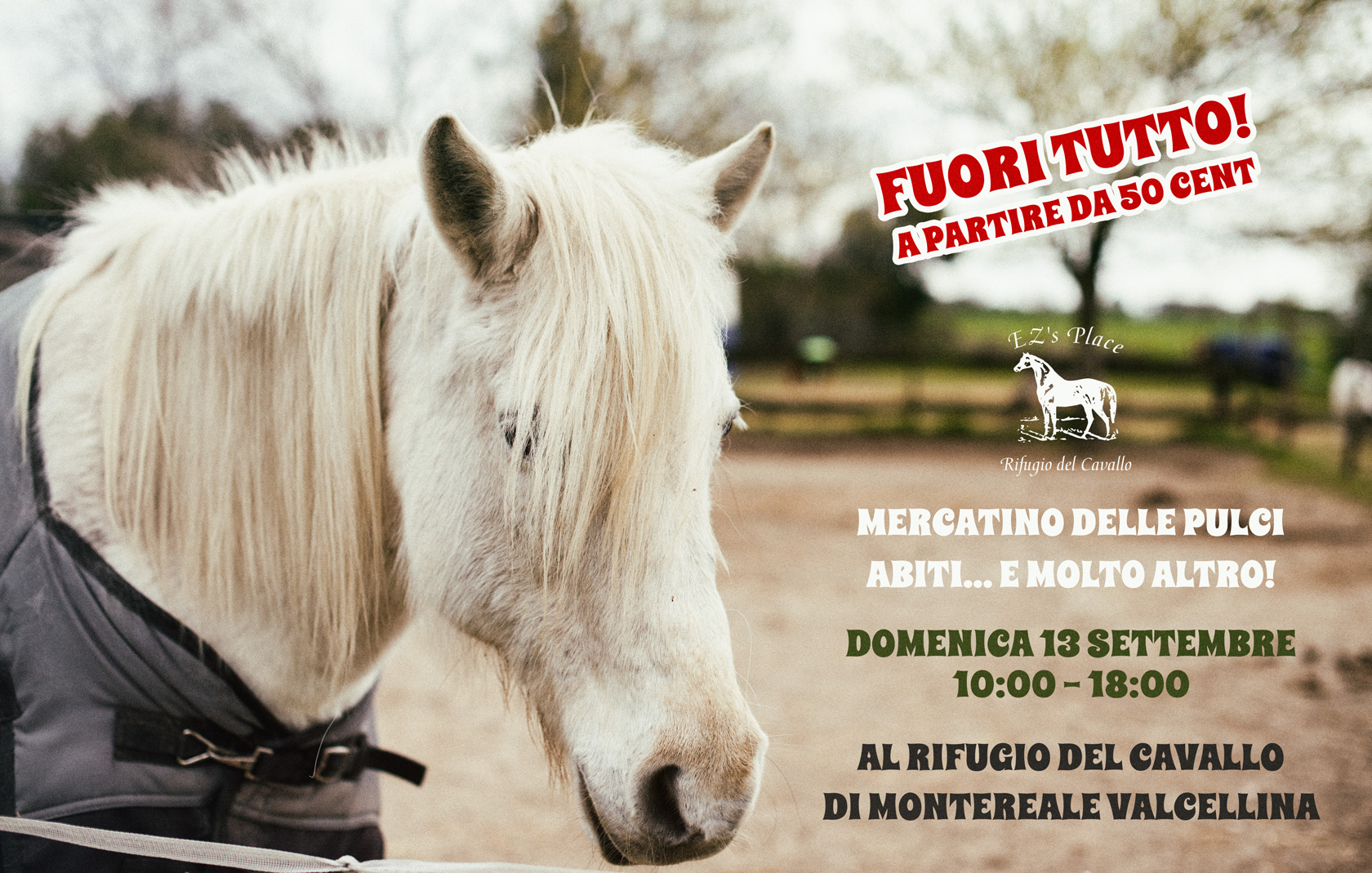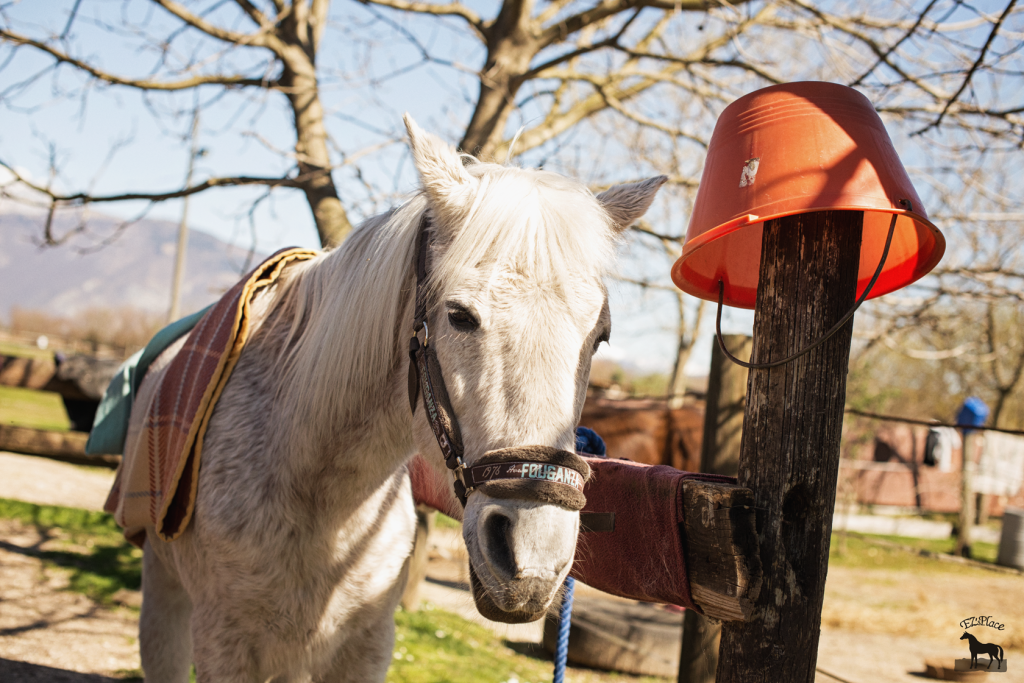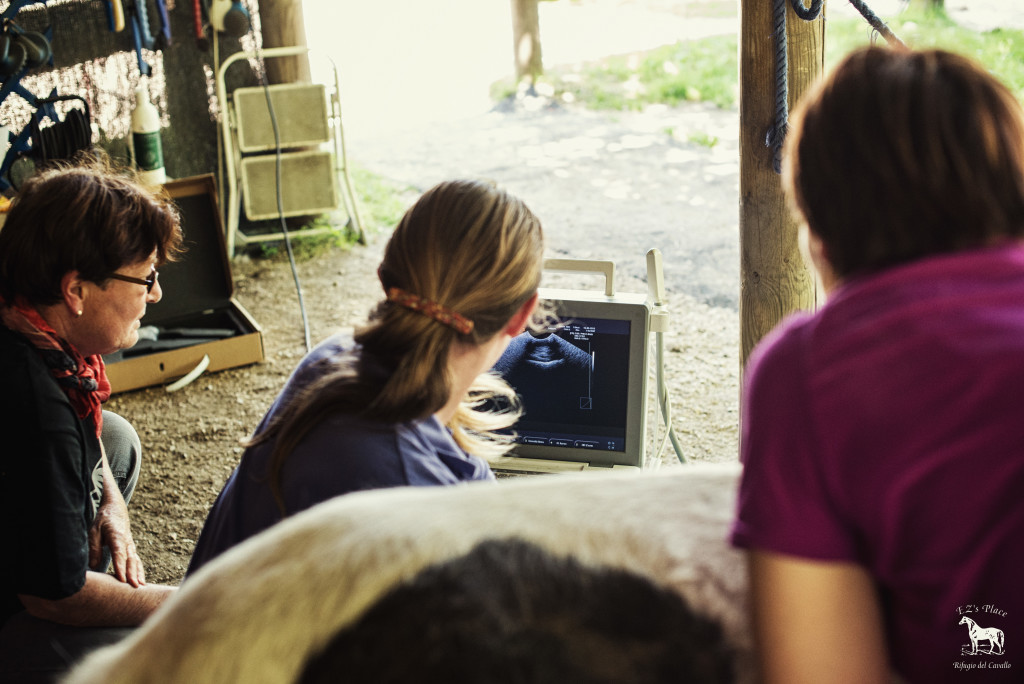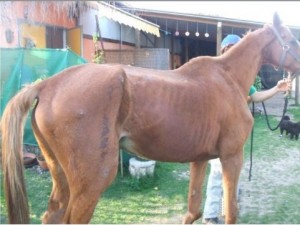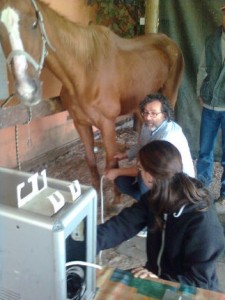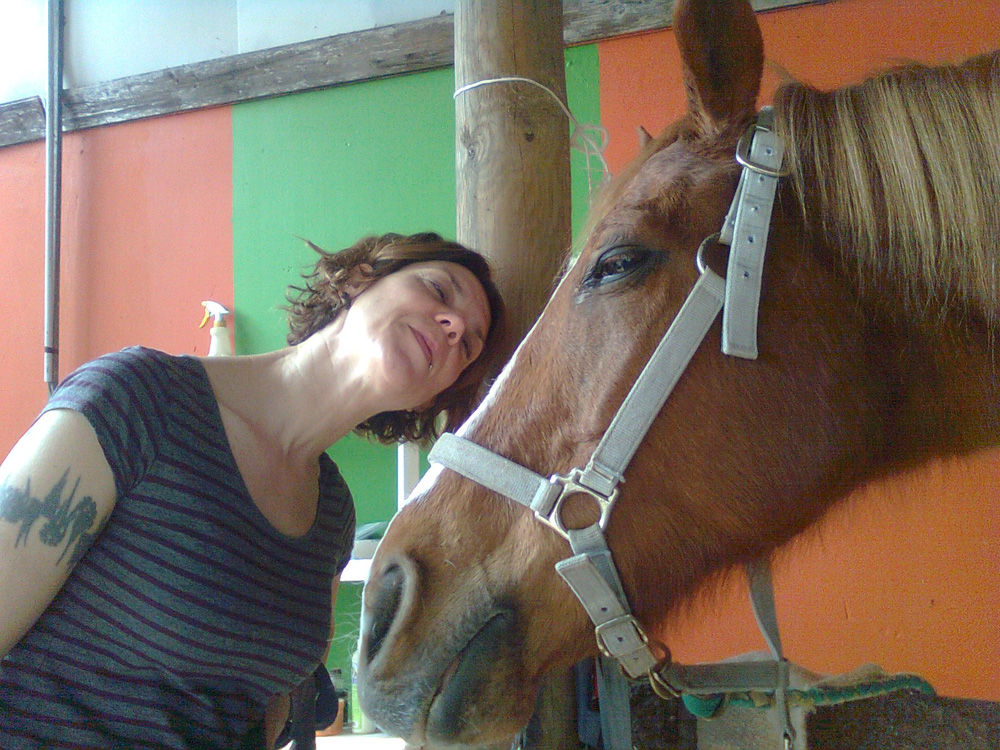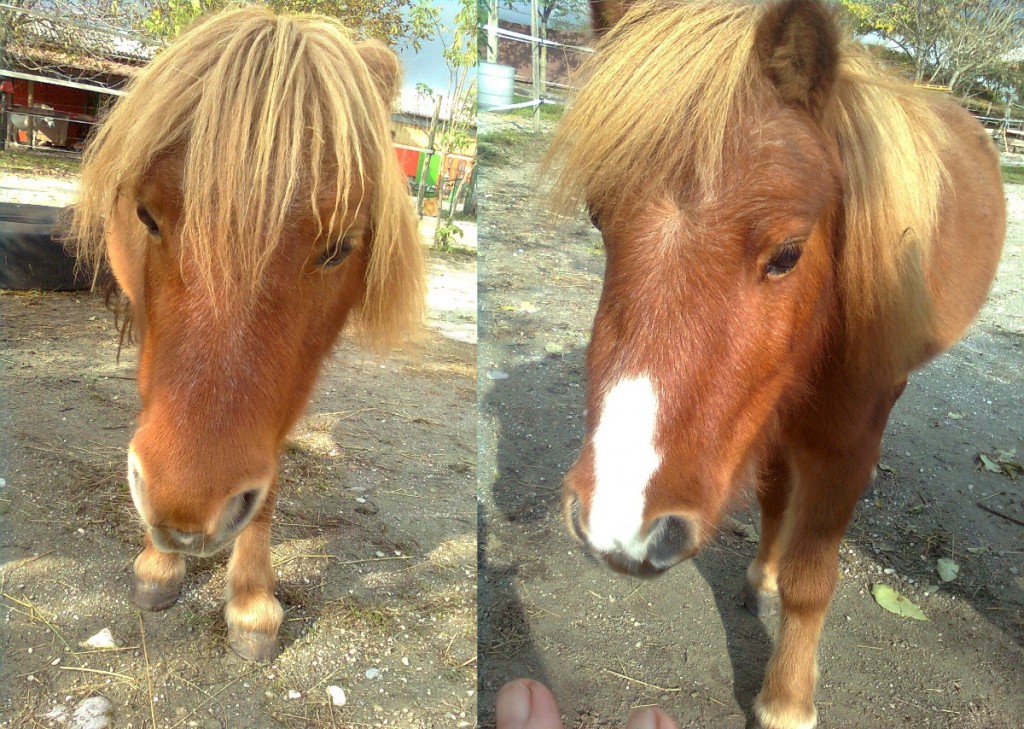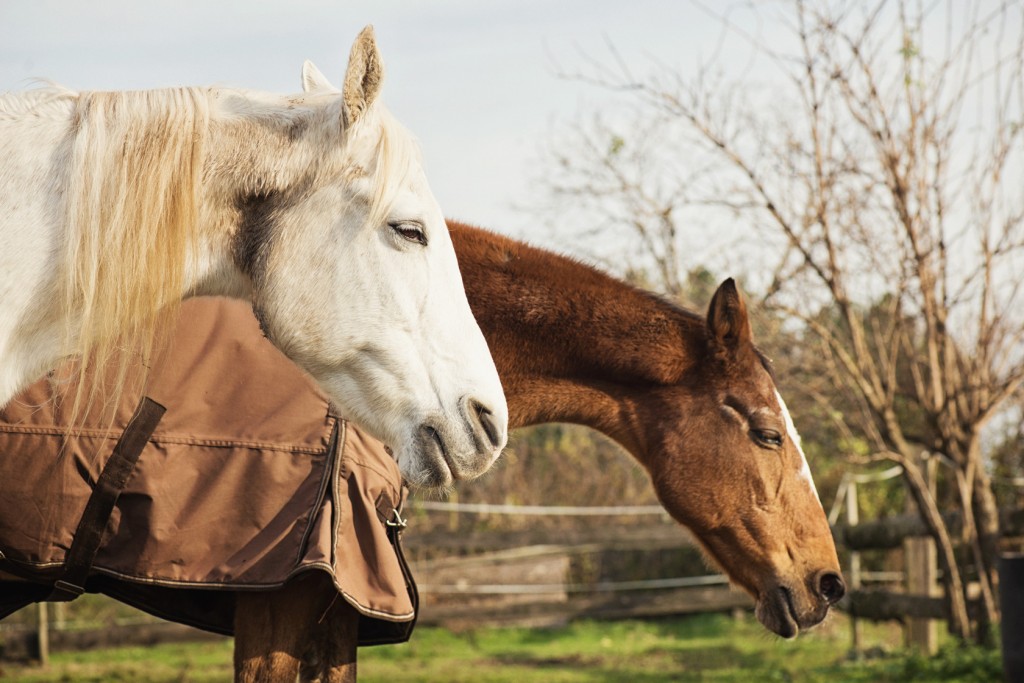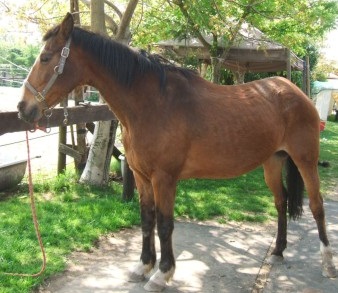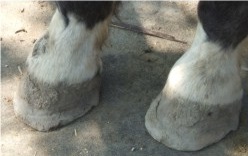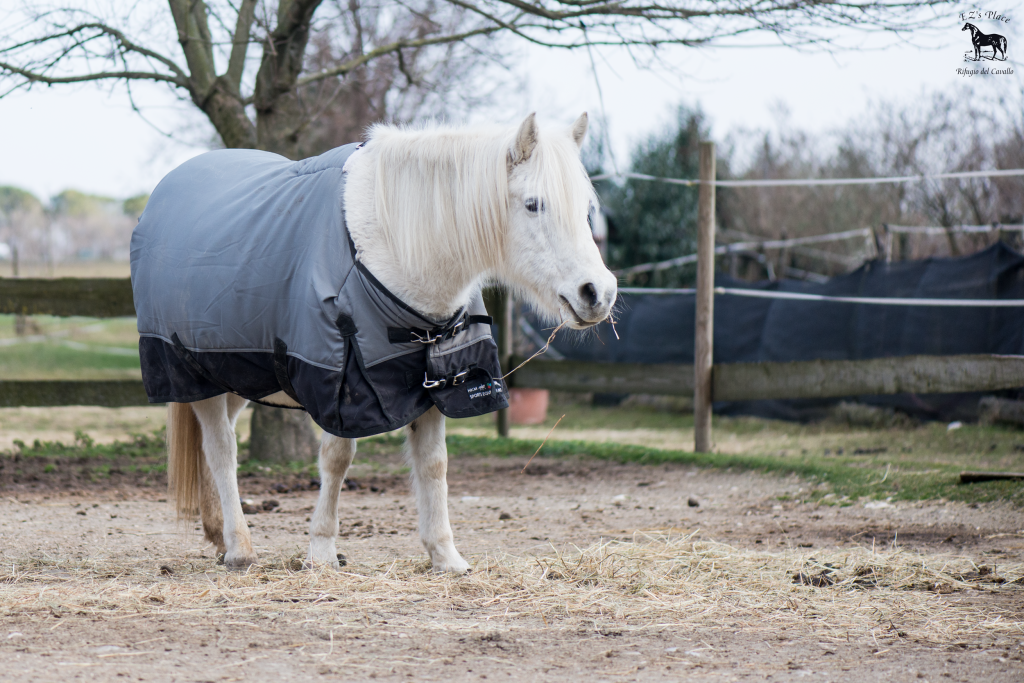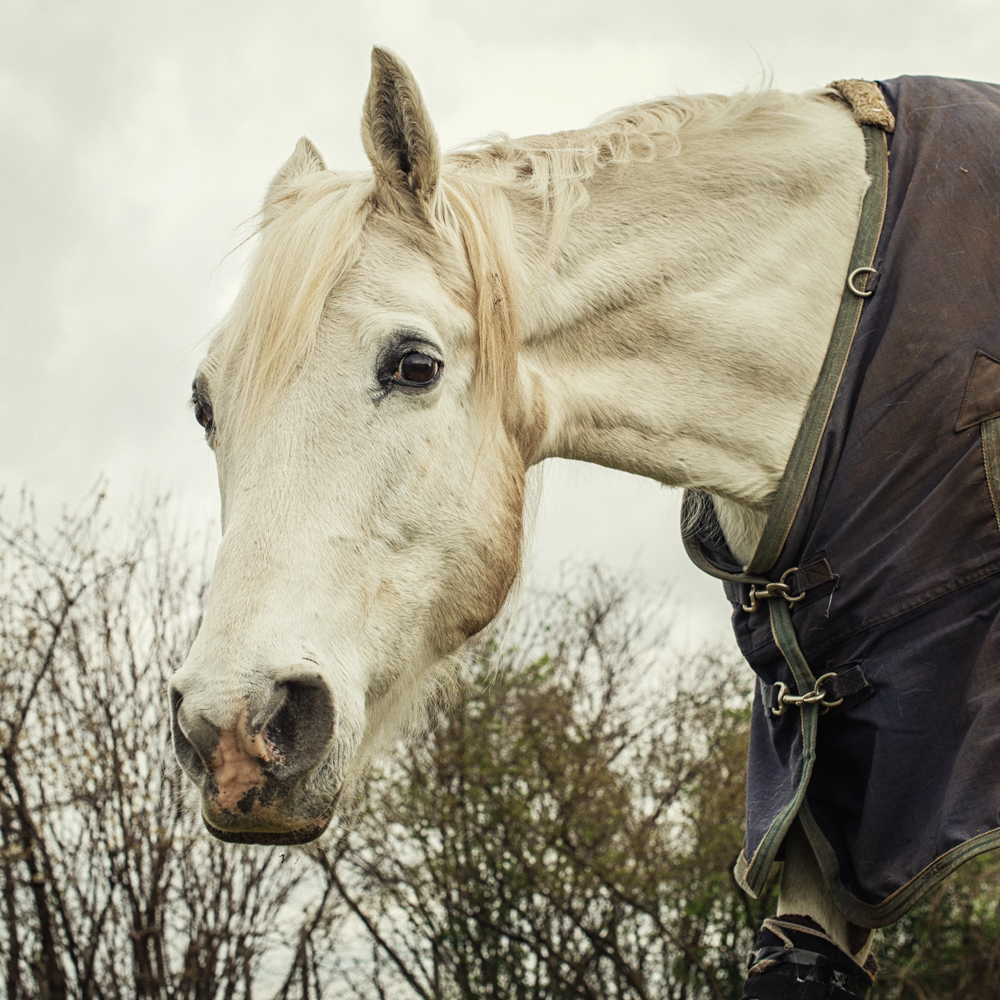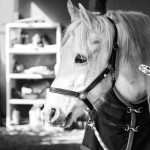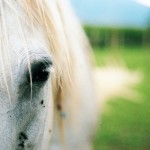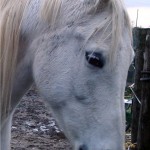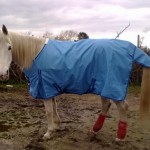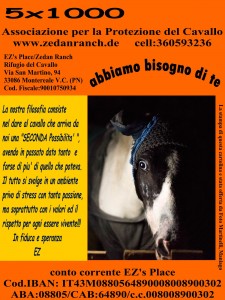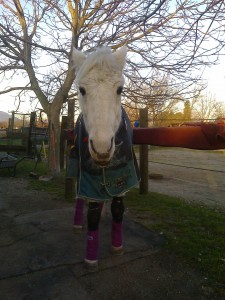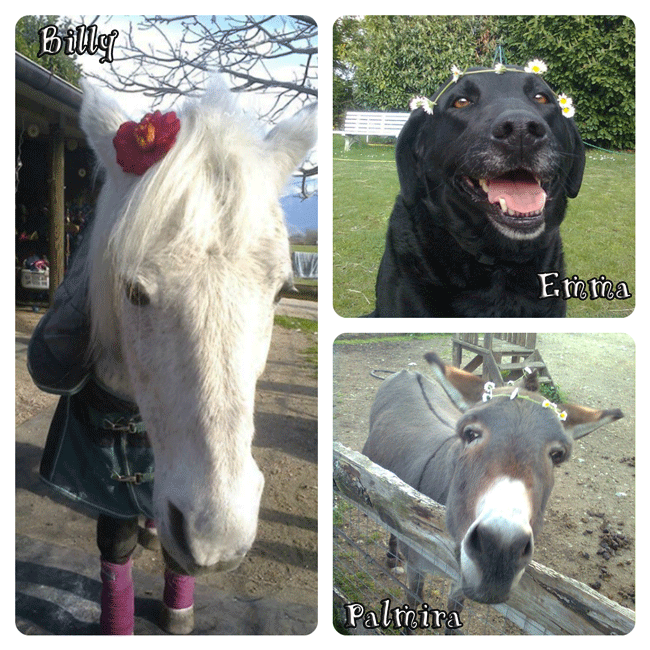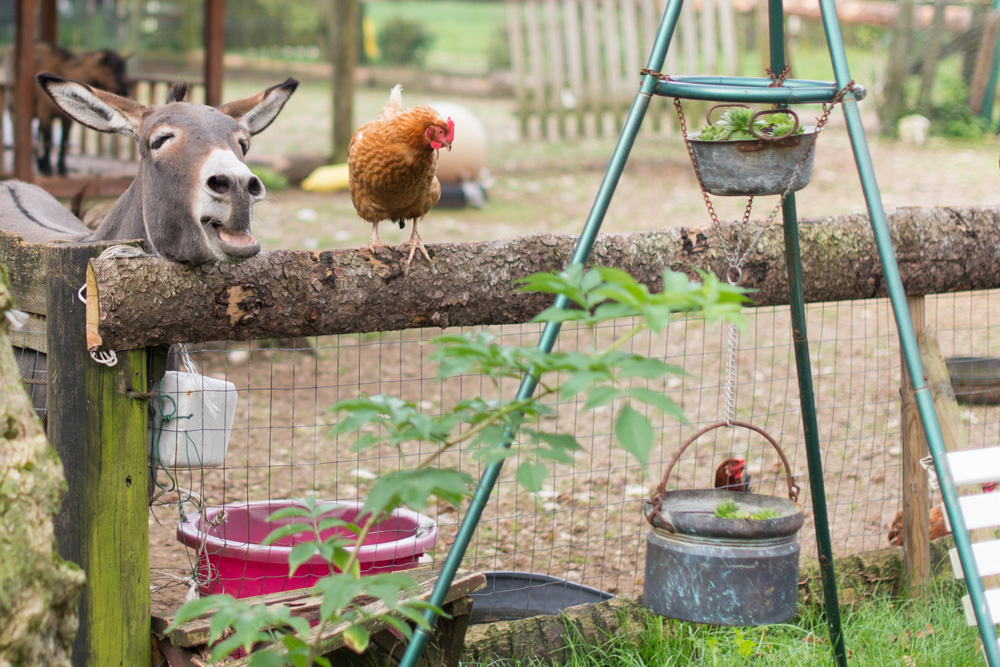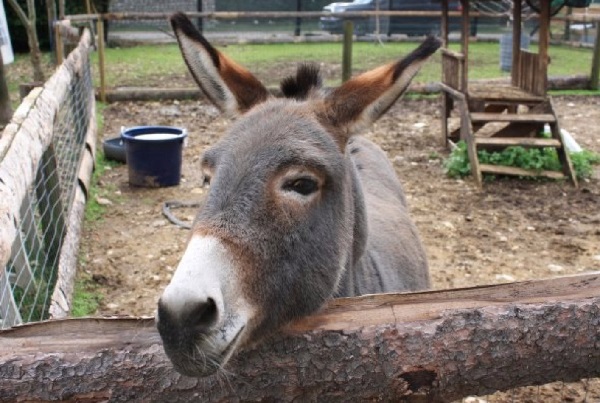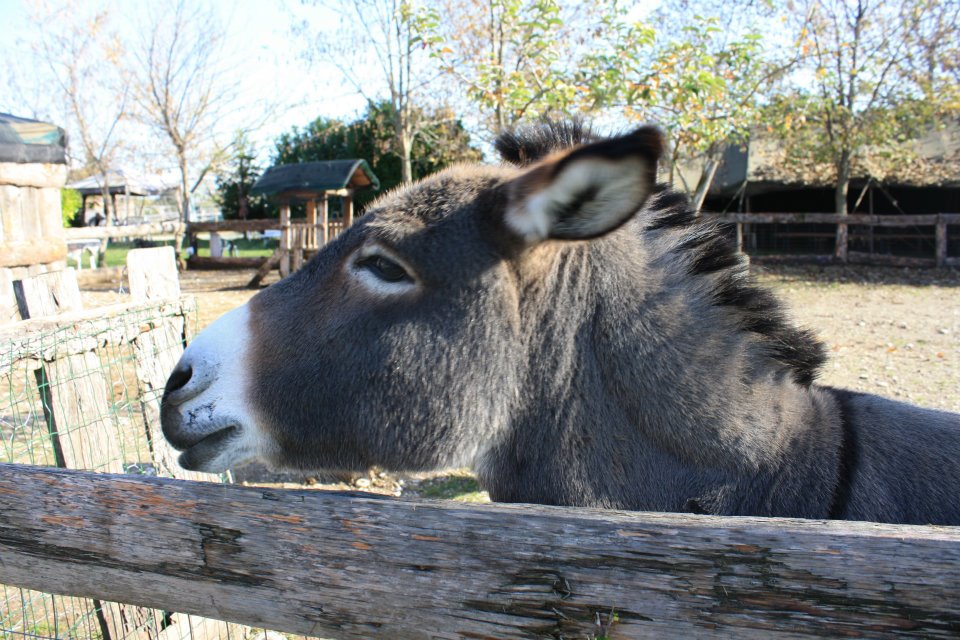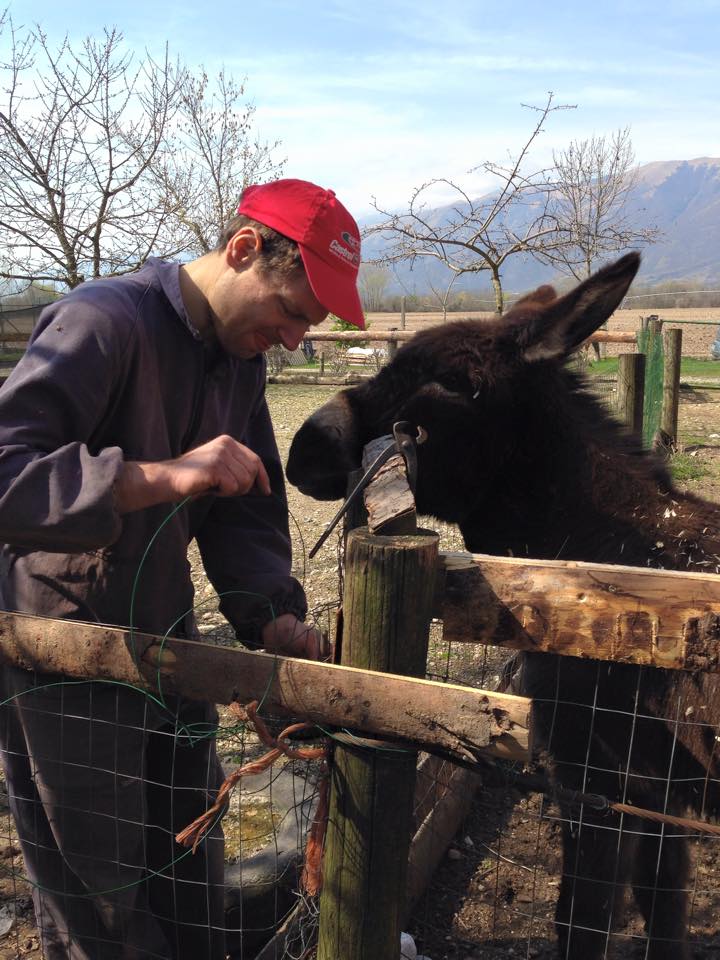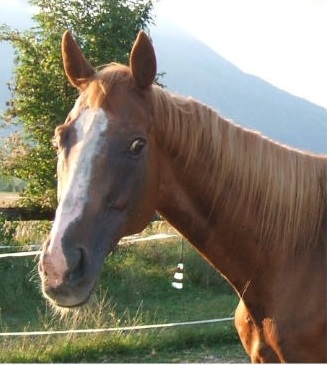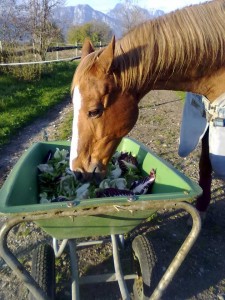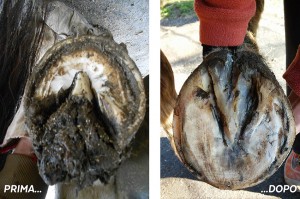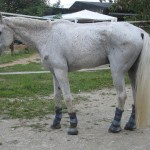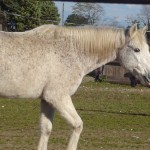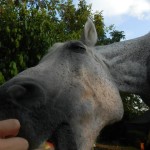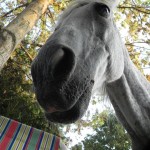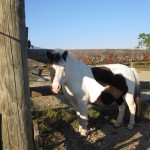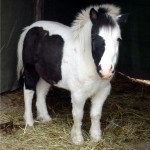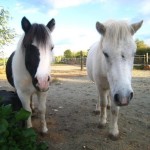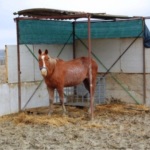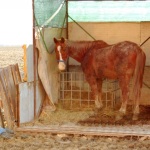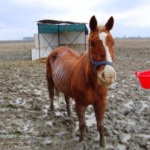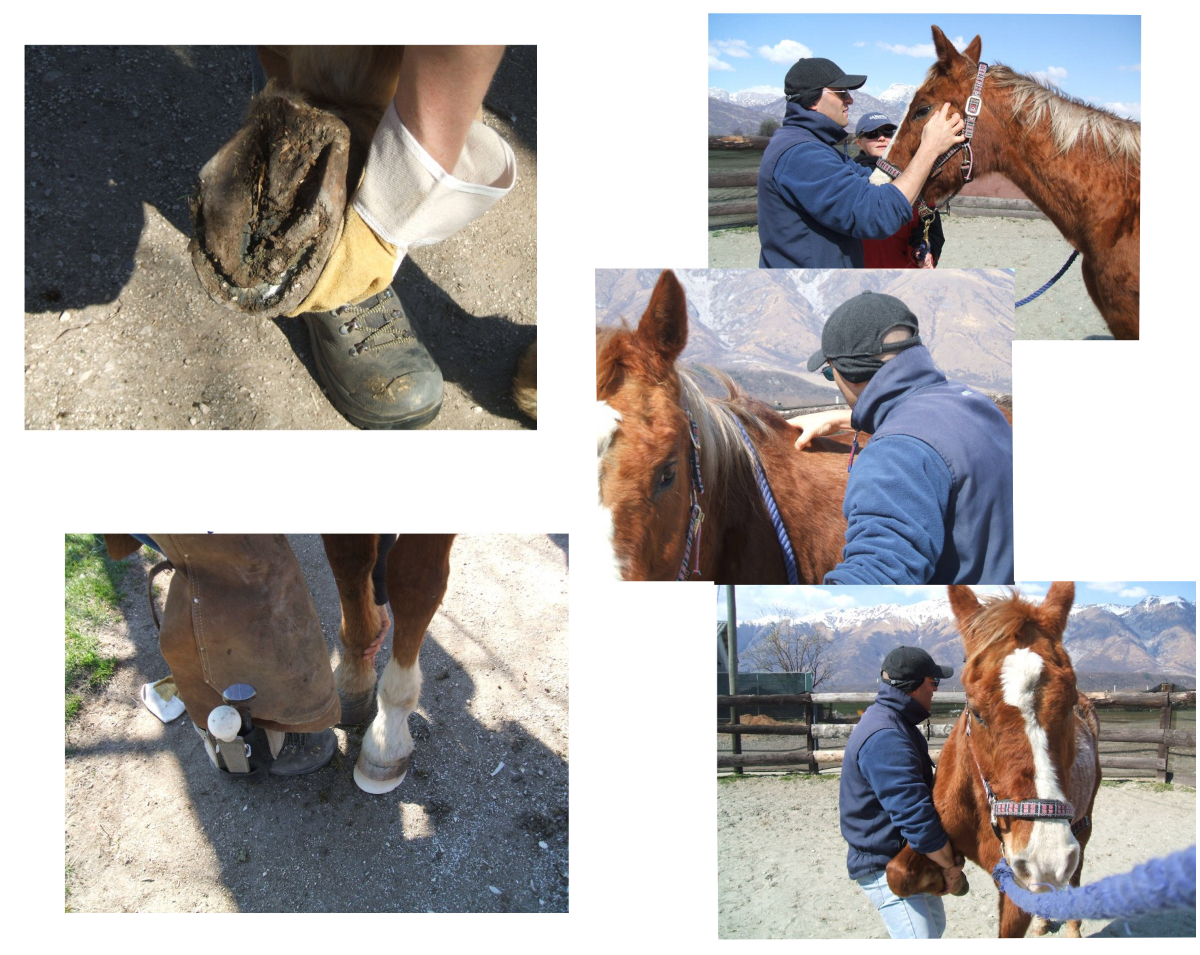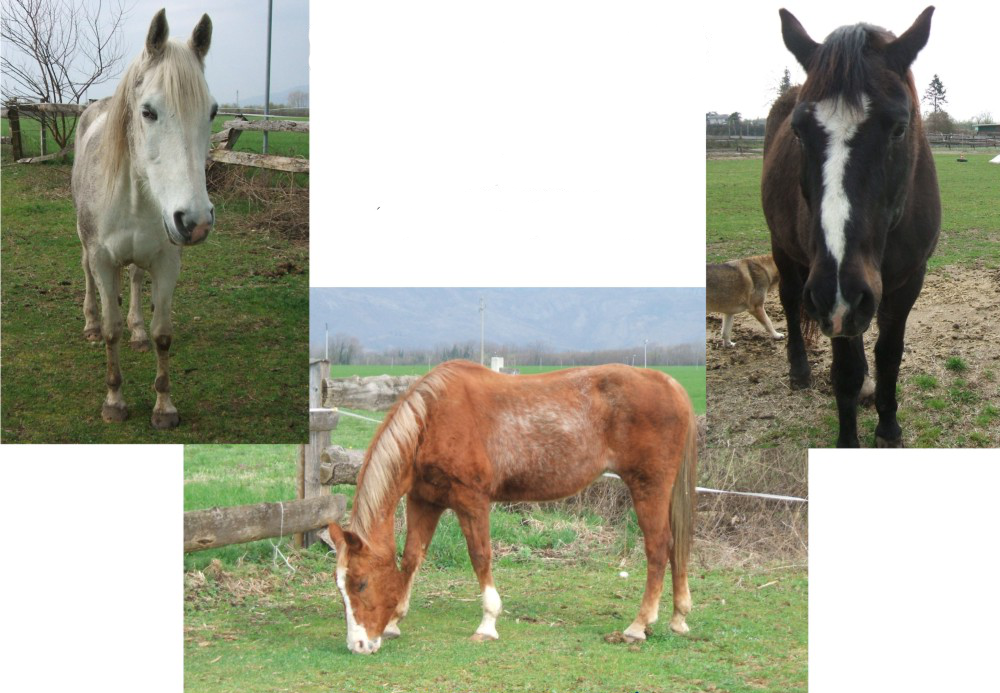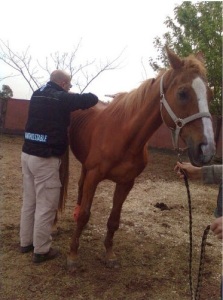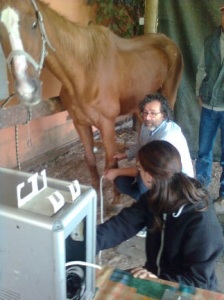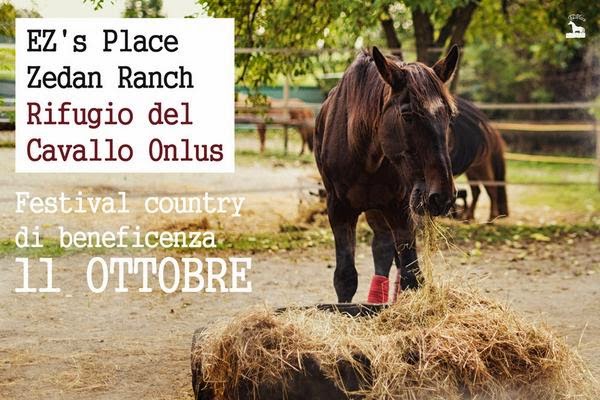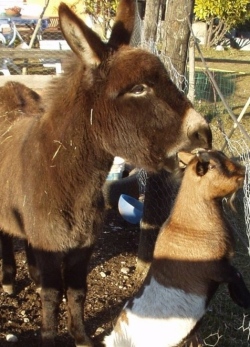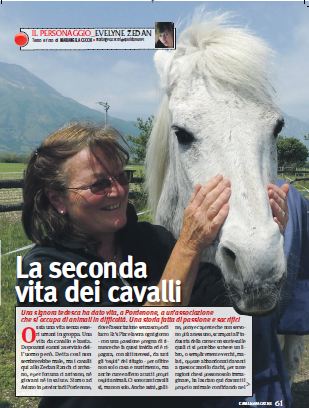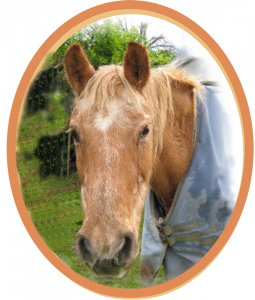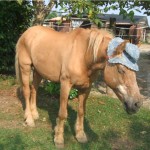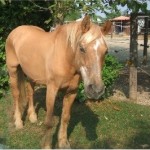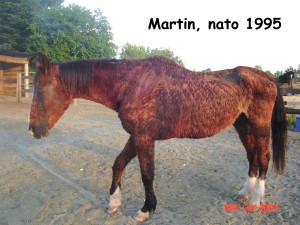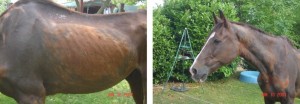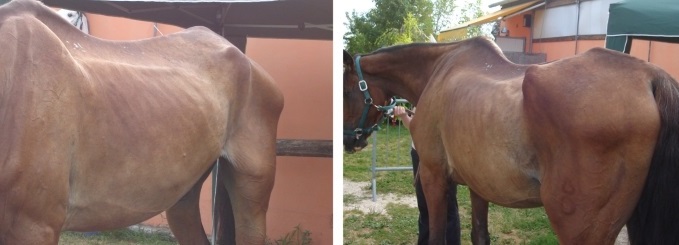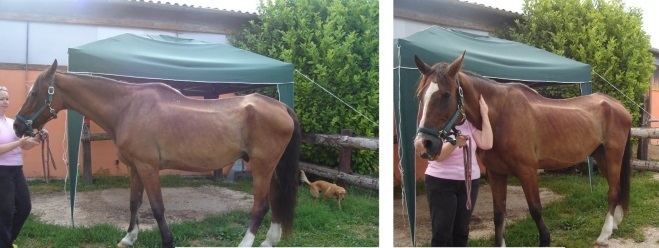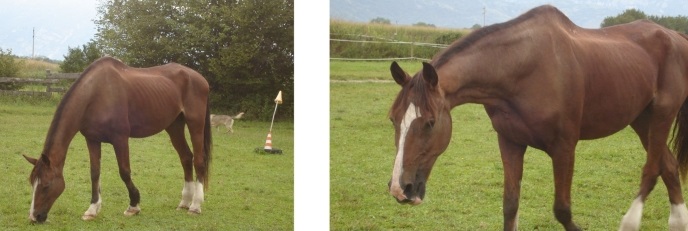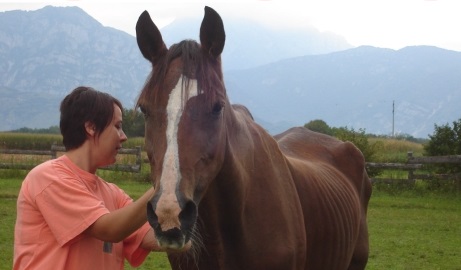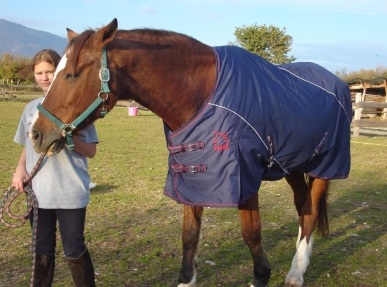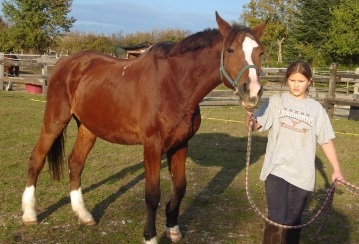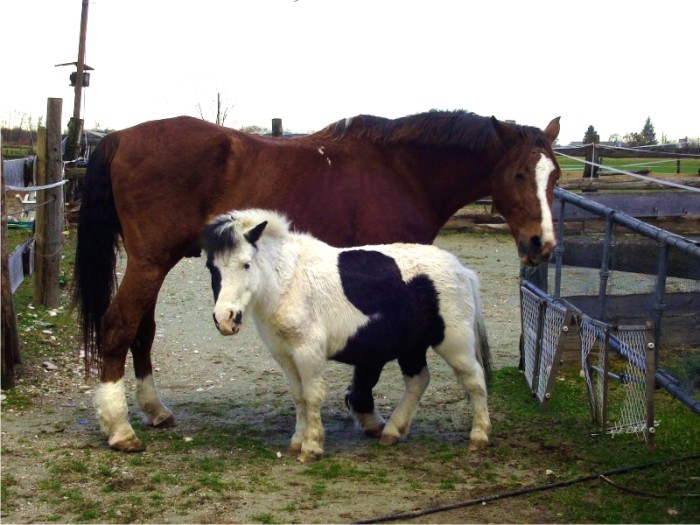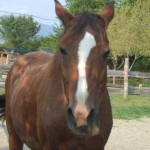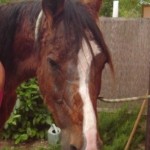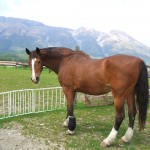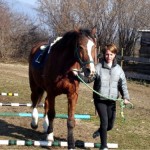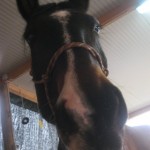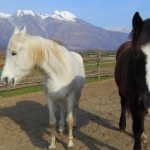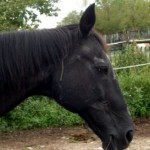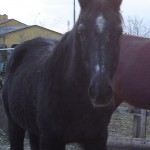My life with horses started when I was about 6 years old. We lived in the country with lots of horses and cows all around us. One afternoon I saw a huge draft horse (TPR) galloping across a big field – beautiful, graceful, (yes even draft horses can be graceful), and thats when I decided I have to get on her back and ride her.
First, I gave her a name “Dicke Berta” (Big Berta). In only a few days, with the help of apples and carrots, Berta learned to come to the fence and stand still for me to climb on her back. We wandered around in the walk and trot. But with her first gallop, I lost my heart and soul to all horses. It was wonderful. It was trust, peace and freedom all at once. Berta looked after me, and as soon as I lost my balance, she would stand for me to regroup. Her gift to me was incredible. It was my “Berta Moment”.
With Berta, I started volting, dressage and competition. I entered into the world of horses that lived most of their lives in boxes and were expected to perform and behave like robots.
One of my teachers, my best teacher was retired cavalry. “During a war, the life of the soldier depends on his horse; depends on the trust between the two; depends on the well being of the animal. The horse is more important than its rider, therefore YOU need to take care of your horse.” These were his favorite words. After a lesson, noone was allowed to drink or eat anything until the horse was taken care of. Taken care meant, NO saddle marks; meant cleaning the nose, eyes and ears, picking feet and checking under the tail if the butt was clean and pisello or udders were sweat-free and clean as well. “Horses cannot concentrate with an itchy butt…can you???”
He was right, but usually when you go to a barn for a lesson, an already-saddled horse is brought to you, and after your lesson the next student is waiting to get on this very same horse. WE HAVE FORGOTTEN THE WELLBEING OF THE HORSE – FOR THE SAKE OF MONEY!!!
Anyway, in all these years of dressage and shows, I never found this “Berta Moment” again. At 22 years old, I left the scene, to live in the city and study. At 25, I was married and had my son. Yes, every now and then I would go with friends to some barn, rent a few horses to go on a trail… but something was always missing.
At 30 years old , I moved to England. To be precise, to Newmarket, the city of horse races. Not my scene and when we left England two years later to go to Italy,I was very ready to leave.
In Italy, I created a little English/Italian Newspaper. It talked about the different customs and traditions between Italy and America and payed for itself thru advertisements sold to pizzerias, restaurants, town fest etc.. One day, I saw a poster for an upcoming rodeo in the village. I went there hoping to sell an advertisement spot in the paper and found a very small barn. They had just started a riding stable with 8 horses. “Sorry, not enough funds,” the owner said “but stay a bit and look around, maybe you will want to write an article about us…for free?” Well, I did. I stayed around, I wrote the article and I went back to that little barn. Because there was this horse called “Coda Lunga” from Argentina. He had been bought off the boat and still had a clip attached in his ear that clearly stated BUTCHER. “He won’t let anybody touch him, he is a bit wild…but I’ll get him straight soon. He’s to participate in the rodeo,” the barn owner told me.
This horse had looked at me and touched my heart. All the sadness in this world seemed to be in his eyes, pain and suffering, but there was also a spark, a light that said…I am here, can you see me?
I kept going back to see Coda, bringing carrots or an apple and trying to earn his trust. I started to put a halter on and took him out in the fields for grass. One day I asked his permission to get on his back, bareback with no bridle free to do as he wished. He took me around like Berta, looked after me in a very gentle way.
Now, no one else at the barn could ride him. He bucked everybody off and the owner was very jealous of our relationship. He should have been the ‘tamer of the beast’, not me. I asked him to sell Coda to me, but out of pure evilness he said no. He made the horse pay for the friendship we had. He was harsh and cruel to him in front of me, and I decided I had to leave. I could not stay and make things worse for Coda. I needed to go.
It was hard and I cried, but I went away hoping Coda would forgive me.
A few month before, I had met an old man who was a horse-dealer. He bought horses to fatten them up and then butcher them. He treated them well, left them on a large pasture, but when they were ready …
We made a deal: If I could ride the horse, it would be sold as a riding horse, not a butcher horse. I got very busy. I rode them all. I met horses of all breeds and sizes. Horses with their shoes grown into their feet, with manure (shit) attached to their bellies, with nonexistent manes and tails, horses that were starved, half blind, scared, aggressive, disturbed and dangerous…but I tried to ride them all. Not always did I win a horse away from the butcher, but often I did.
There I learned to watch horses, how they talk between each other, how they fight and how they make friends. When you don’t know the name of the horse you are about to mount, when you don’t know if they had ever seen a saddle or pulled a cart, you learn to watch and LISTEN .
Maybe a year later the old man told me “A new horse is coming in. You know him, its Coda Lunga, but…he is in terrible condition. We don’t know if he can make it.”
In my life, I shall never forget the look of Coda when he got of the truck. He had lost at least 200kg. His left side was an open sore from laying down and not being able to get up. He was too weak to stand straight and was leaning with his butt against the side of the truck. I called his name and he looked at me with tired eyes. But there was a light in them that said…I am here, can you see me? I begged the old man to let me try to save him. He agreed. We called the vet. The vet had very little hope but I insisted. “Please let me try, he can do it, he is a very strong horse”. I kept pleading for Coda’s life and they gave in.
It took six month for Coda to recover, to put on weight and for all the open sores to heal. For six months he let me apply all the necessary medication and treatments and never hurt me in any way. As if he knew what I was doing. (Working at the Shelter, I have noticed that even aggressive or difficult horses understand when you are trying to help them and therefore will cooperate). He would nicker at me when I came to do his daily treatments and there it was…my “Berta Moment”. It was back. It was not the riding, the shows or the competitions that gave me that feeling. It was knowing that I had made a difference, I had helped a horse in need and I had succeeded in making life better for him.
In the meantime, I had rented an ex rabbit farm that I changed into a little riding stable. I had bought Filippo, a 10 month old stallion who was supposed to go to the butcher (what else is there to do with a young horse with crucked legs?).
On June 22nd 1995, my 40th birthday, I had a opening party with my friends. My little barn was ready and I had brought Filippo and Coda Lunga home!!!
Coda turned out to be a wonderful horse, especially with children. He even took my mother on a little trail ride for her 69th birthday. (Mom has never been on a horse in all her life). He gave back to me everything that I had ever done for him and much more…
Coda died in 2003. He had cancer and we had to put him to sleep. I held his head until the end and I still miss him.
That’s how the Shelter was born. I wanted more of those “Berta Moments”. I would go out trying to find a good riding horse and come home with the worse ‘cadaver’ possible. . .and there are so many of them in Italy. But then the horses started to find me. Lucky came from Trieste, a hole in his eye and puss coming out from under his jaw. His owner didn’t want to spent the money for a vet. So all the ladies at his barn put money together, bought him and brought him to me. One year of everyday treatment, three operations and blind in one eye, Lucky is now a very happy horse. He is the adopted “uncle” of one of my foals. A month after Lucky had his third operation, I watched him play with Zuli, my foal. There it was again…my “Berta Moment”. Seeing him healthy and happy was more then any show or competition could ever give me.
I have had many “Berta Moments” since. I could write volumes about the horses that have gone thru my hands – and the stories these horses told me. Some are on my web site, you can read their stories at www.zedanrach.de. Take the time to listen to your horses and look into their eyes – there might be fewer horses with sad stories in this world.
Evelyne Zedan
Continue reading →
